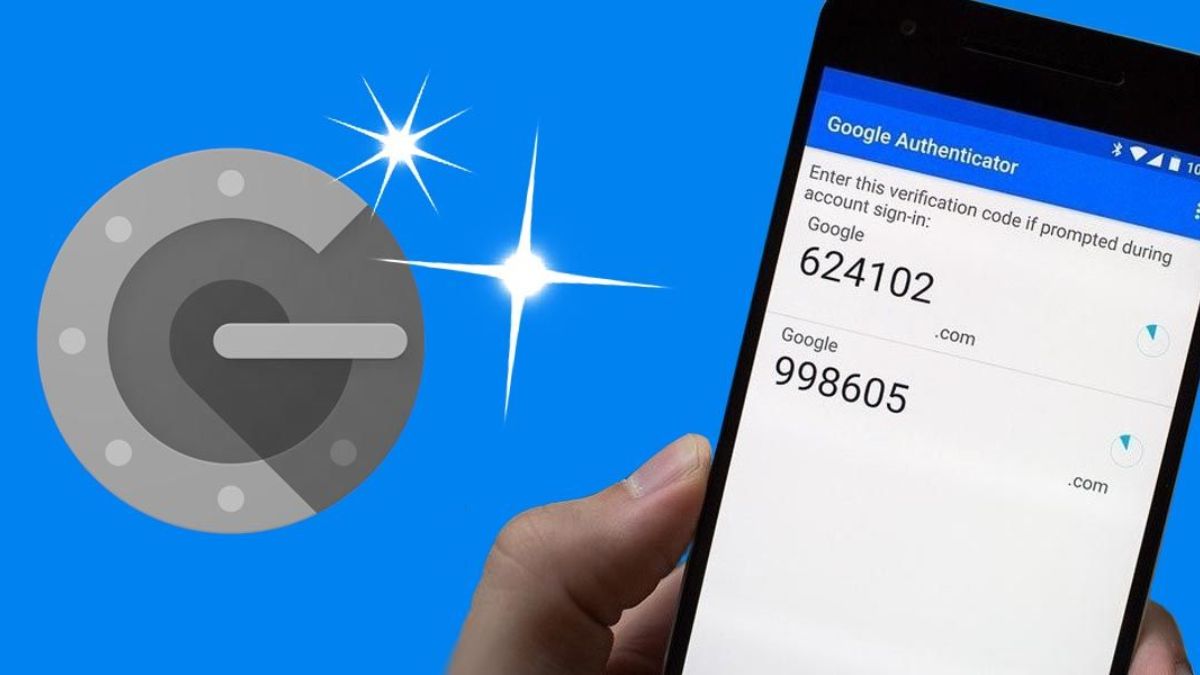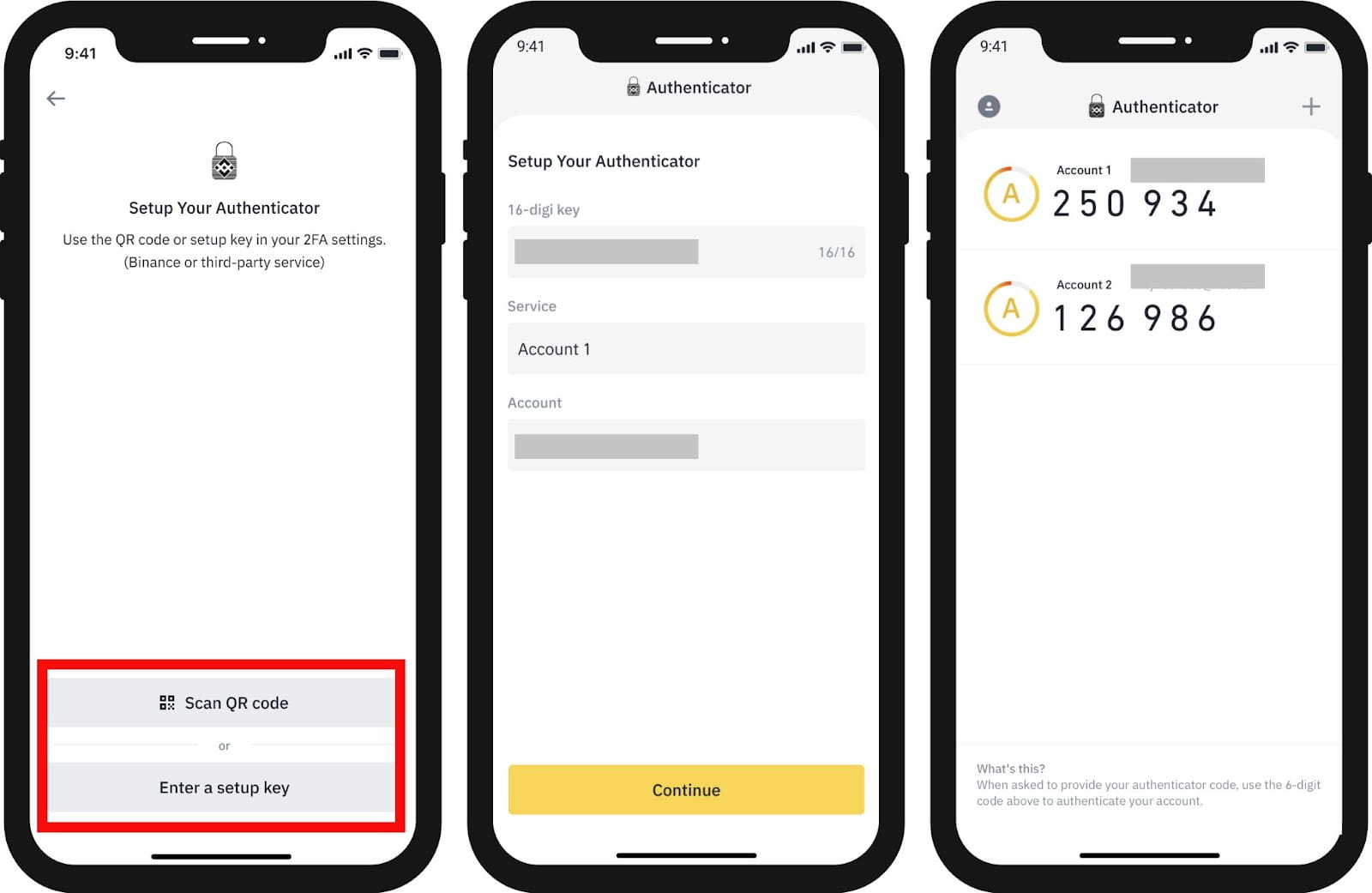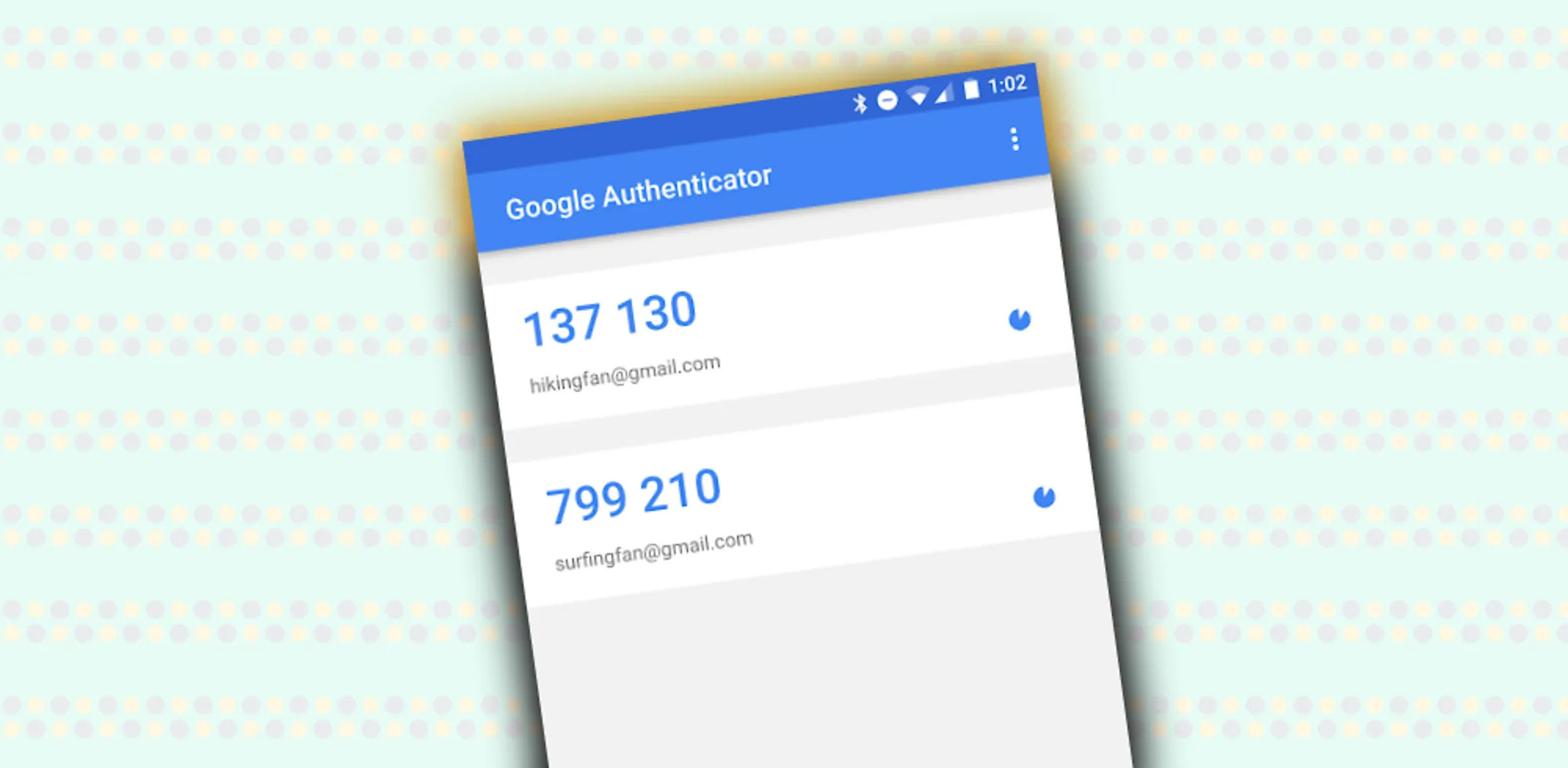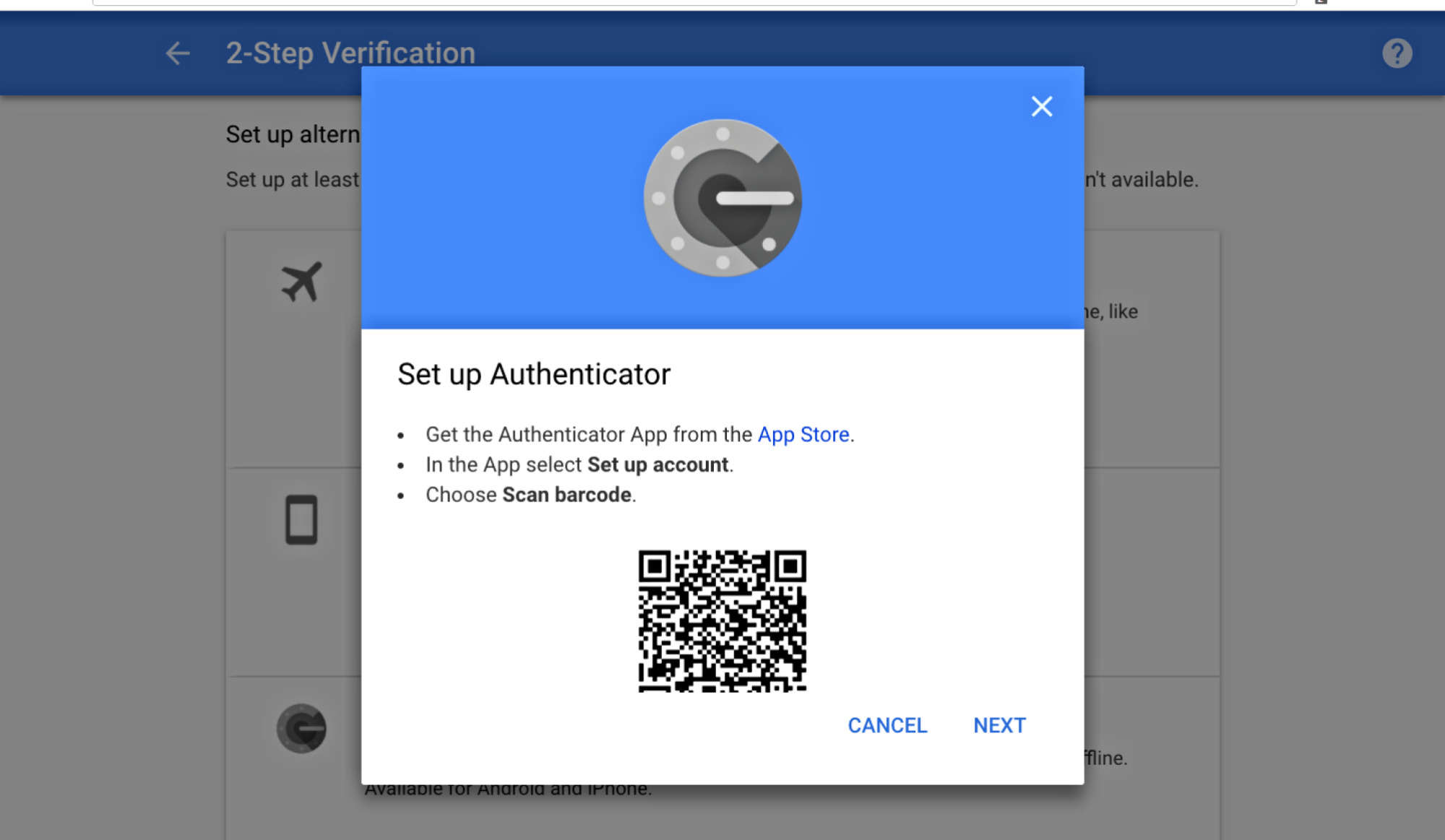Introduction
In today’s digital age, online security has become an increasing concern for individuals and businesses alike. With the rise in cyber threats and the potential for unauthorized access to personal or sensitive information, it is essential to implement strong and reliable security measures. One such measure is the use of two-factor authentication (2FA).
Google Authenticator is a widely used 2FA app that provides an extra layer of security by generating unique codes to verify your identity. It adds an additional step in the login process, making it significantly harder for hackers to gain unauthorized access to your accounts. Google Authenticator offers a convenient and secure method for protecting your online accounts, including email, social media, and financial platforms.
This article will guide you through the process of downloading, installing, setting up, and logging in with Google Authenticator. We will also address common issues that users may encounter and troubleshooting tips to overcome them. By the end of this article, you will have a solid understanding of how to use Google Authenticator and enhance the security of your online presence.
What is Google Authenticator?
Google Authenticator is a free app developed by Google that provides an extra layer of security for your online accounts. It uses two-factor authentication (2FA), also known as multi-factor authentication, to verify your identity. The app generates time-based one-time passwords (TOTP) that serve as a second form of verification alongside your regular username and password.
Once you have set up Google Authenticator for a particular account, you will need to enter a unique six-digit code from the app whenever you log in. This code changes every 30 seconds, making it impossible for hackers to predict or replicate. It adds an additional level of security, significantly reducing the risk of unauthorized access to your accounts, even if your password gets compromised.
Google Authenticator supports a wide range of online services, including Google accounts, social media platforms, email clients, and various financial apps. It is available for both iOS and Android devices and can be easily downloaded from the respective app stores.
With Google Authenticator, you no longer have to rely solely on passwords to protect your accounts. The app enhances security by using a unique code that only your device and the service you are accessing know at any given moment. This means that even if someone were to obtain your username and password, they would still need the code from Google Authenticator to successfully log in. It acts as a safeguard that prevents unauthorized individuals from gaining access to your private information.
By leveraging the power of two-factor authentication, Google Authenticator offers an additional blanket of protection for your online presence. It adds an extra step to the login process, ensuring that only you, as the account owner, can access your sensitive data. In the next sections, we will delve into how to download and install Google Authenticator and set it up for your accounts.
How to download and install Google Authenticator
Downloading and installing Google Authenticator is a simple process that can be done in a few steps. Follow the instructions below to get started:
- Open the app store on your mobile device, whether it’s the Apple App Store for iOS users or the Google Play Store for Android users.
- Search for “Google Authenticator” using the search bar at the top of the app store.
- Look for the official Google Authenticator app published by Google LLC and tap on it to open the app’s page.
- Tap on the “Download” or “Install” button to begin the installation process.
- Wait for the app to download and install on your device. Once the installation is complete, you will see the Google Authenticator icon on your home screen or in your app drawer.
It’s important to note that Google Authenticator is free to download and use. However, ensure that you download the official app published by Google to guarantee its security and reliability. Avoid downloading any unofficial versions or apps with similar names, as they may pose a security risk.
Once you have successfully downloaded and installed Google Authenticator, you’re ready to move on to the next step: setting up the app for your accounts. We will cover the setup process in detail in the following section.
Setting up Google Authenticator
Now that you have Google Authenticator installed on your device, it’s time to set it up for your accounts. Follow these steps to get started:
- Open the Google Authenticator app on your device.
- For each account you want to set up, you have two options: scanning a QR code or entering a manual key.
- Scanning a QR code: If the service you’re setting up supports QR codes, simply tap the “+” button in the Authenticator app and choose the “Scan barcode” option. Point your device’s camera at the QR code provided by the service and wait for the app to capture it. The account will be added automatically.
- Entering a manual key: If the service does not support QR codes or you prefer to enter the information manually, tap the “+” button in the Authenticator app and choose the “Enter a provided key” option. Enter the account name or label, along with the provided secret key, which is usually a string of alphanumeric characters. Tap “Add” to complete the setup.
- Once you have added an account, Google Authenticator will generate a six-digit verification code for that account.
- When you need to log in to the service, open the Google Authenticator app and find the account in the list. Note that the codes auto-refresh every 30 seconds.
- Type the current code into the login screen or verification prompt for that account.
- Repeat the process for all the accounts you want to secure with Google Authenticator.
Setting up Google Authenticator for your accounts adds an extra layer of security to ensure that only you can log in. It’s important to note that if you ever switch to a new device or lose your current device, you will need to re-add all the accounts to your new device following the same setup process.
By implementing Google Authenticator, you are taking a proactive step in safeguarding your online accounts and protecting your personal information from unauthorized access. In the next section, we will discuss the process of logging in with Google Authenticator and the added security it provides.
Logging in with Google Authenticator
With Google Authenticator set up for your accounts, logging in becomes a two-step process that adds an extra layer of security. Follow these steps to log in using Google Authenticator:
- Visit the login page of the service or app you want to access.
- Enter your username or email address and your regular password as usual.
- After submitting your credentials, you will be prompted to enter a verification code.
- Open the Google Authenticator app on your device to access the codes.
- Locate the account for the service you are logging into within the app.
- Note the six-digit code that appears next to the account.
- Type the current code into the verification prompt or login screen within the service you are accessing.
- If the code is valid, you will be granted access to your account.
It is important to remember that the verification codes provided by Google Authenticator are time-based and change every 30 seconds. Make sure to enter the most recent code displayed in the app to ensure successful login. If the code you entered has expired, simply wait a few seconds and enter the new code displayed in the app.
Google Authenticator provides an additional layer of security by requiring an ever-changing code that only you have access to. This makes it extremely difficult for unauthorized individuals to gain entry into your accounts, even if they manage to obtain your username and password through phishing or other means. By relying on Google Authenticator, you are strengthening the protection of your sensitive information.
In the next section, we will address common issues that users may encounter while using Google Authenticator and provide troubleshooting tips to resolve them.
Troubleshooting common issues
While Google Authenticator is generally a reliable and secure app, users may occasionally encounter some common issues. Here are a few troubleshooting tips to help you resolve them:
- Lost or Upgraded Device: If you have switched to a new device or upgraded your existing one, you will need to reconfigure Google Authenticator. Make sure to transfer your accounts to the new device by either scanning the QR codes or entering the manual keys provided during the initial setup.
- Incorrect Time Settings: The codes generated by Google Authenticator rely on accurate time settings on both the device and the server. If the codes are consistently showing as invalid, ensure that the time and time zone settings on your device are correctly configured and synchronized with the server’s time.
- Backup Codes: Some services offer backup codes as an alternative method in case you are unable to access your Google Authenticator codes. It is recommended to keep a record of these codes in a secure location, such as a password manager or a physical copy in a safe place.
- Multiple Devices: If you have multiple devices, you can set up Google Authenticator on each of them using the same accounts. This provides flexibility and ensures you have access to your verification codes even if one of your devices is unavailable.
- Recovery Options: It is essential to enable additional account recovery options provided by the services you use, such as backup email addresses or phone numbers. These options can help you regain access to your accounts if you encounter issues with Google Authenticator.
- App Update or Reinstallation: In some cases, updating or reinstalling the Google Authenticator app can cause issues with existing accounts. If this happens, ensure that you have the necessary backup codes or alternative recovery methods in place to regain access to your accounts.
If you encounter any other issues or have specific questions related to Google Authenticator, it is recommended to reach out to the support channels provided by the service you are using. They will be able to guide you through any issues specific to their platform.
By understanding and addressing these common issues, you can ensure a smooth and secure experience while using Google Authenticator. Now that you have learned how to set up and troubleshoot the app, you can confidently enhance the security of your online accounts.
Conclusion
In today’s digital landscape, securing your online accounts is paramount. Google Authenticator provides a reliable and convenient solution to enhance the security of your online presence. By implementing two-factor authentication through the use of unique verification codes, Google Authenticator adds an extra layer of protection against unauthorized access.
Throughout this article, we discussed the importance of online security and introduced Google Authenticator as a powerful tool in safeguarding your accounts. We explored the process of downloading and installing the app, setting it up for your accounts, and logging in using the generated codes. Additionally, we addressed common issues that users may encounter and provided troubleshooting tips to overcome them.
With Google Authenticator as your trusted ally, you can significantly reduce the risk of falling victim to phishing attacks, brute force attempts, and other cyber threats. It acts as a digital fortress, ensuring that only you have access to your accounts even if your passwords are compromised.
Remember to periodically review your account settings, update your recovery options, and keep your devices secure to further enhance your overall online security. Additionally, consider enabling two-factor authentication on all eligible accounts to provide an added layer of protection.
By staying vigilant, implementing best practices, and leveraging tools like Google Authenticator, you can proactively protect your digital identity and enjoy a safer online experience. Take the necessary steps today to fortify your accounts and bring peace of mind in today’s increasingly interconnected world.

























